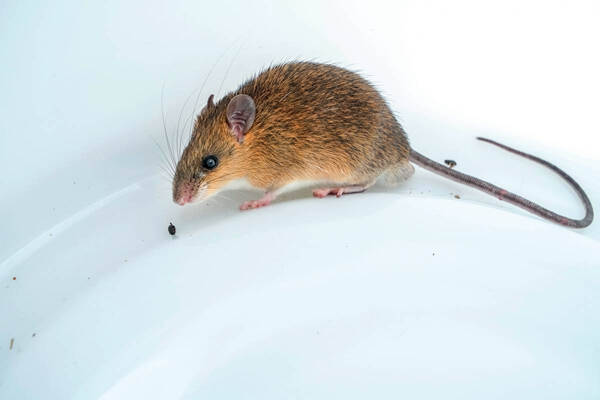
Niviventer confucianus
Niviventer confucianus,Niviventer confucianus chiliensis,Niviventer confucianus confucianus,Rattus rattus, sulfur-bellied rattus, white-tailed star rattus, spiny gray rattus
The Northern Society Rat belongs to the Murinae subfamily. The species-level···
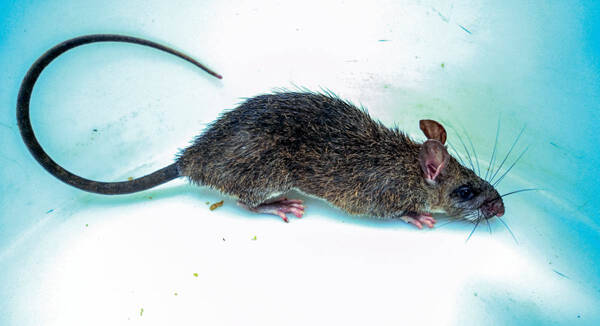
Niviventer coninga
Niviventer coninga,Coxing's White-bellied Rat,Mountain Mouse
The white-bellied giant rat belongs to the Murinae subfamily and the genus L···
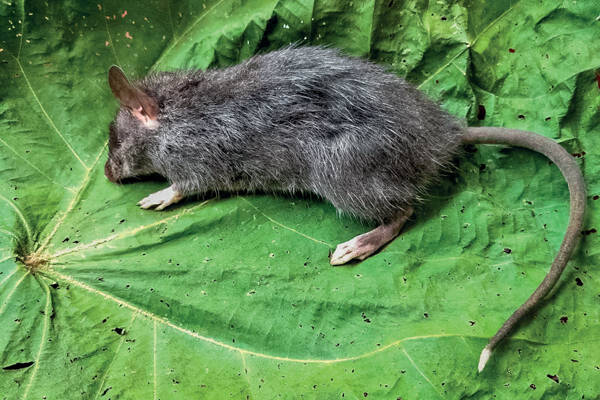
Berylmys bowersi
Berylmys bowersi,Green Rat, Mountain Rat, Green Rat
The blue-haired giant rat belongs to the subfamily Murinae. The genus Rattus···
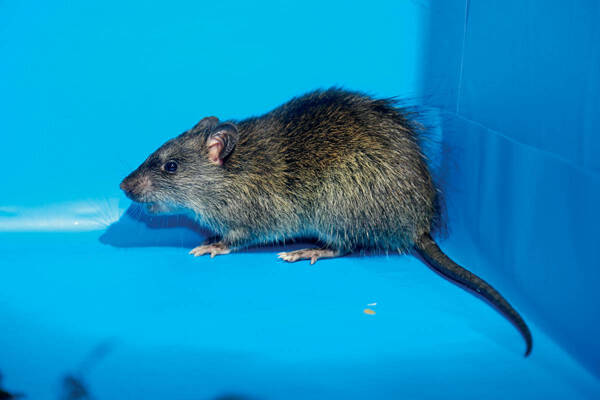
Bandicota indica
Bandicota indica,Large rat, small wallaby,Bandicota indica nemorivaga
The laminae belongs to the Murinae subfamily and is one of the largest speci···
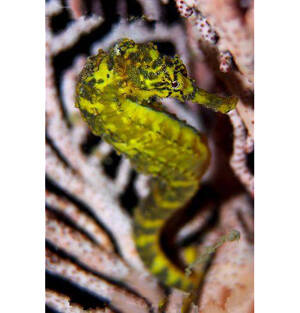
Hippocampus comes
Hippocampus comes,Tiger tail seahorse
Tiger tail seahorse, Latin name Hippocampus comes, foreign name Tiger tail s···
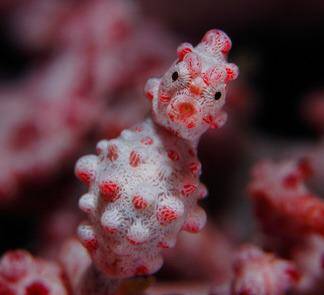
Hippocampus bargibanti
Hippocampus bargibanti,Bargibant's Seahorse、Gorgonian Seahorse、Pygmy Seahorse,Pygmy seahorse, Bartholin's seahorse
Bargibant's Seahorse (scientific name: Hippocampus bargibanti), also kno···
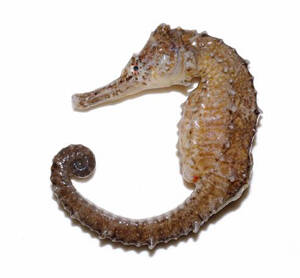
Hippocampus trimaculatus
Hippocampus trimaculatus,Three-spot Seahorse、Flat-faced Seahorse、Longnose Seahorse,Three-spotted seahorse
The spotted seahorse (scientific name: Hippocampus trimaculatus), also known···

Hippocampus abdominalis
Hippocampus abdominalis
The Latin name of the big-bellied seahorse is c (Lesson, 1827), also known a···
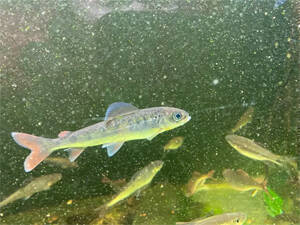
Thymallus yaluensis
Thymallus yaluensis, speckled trout
Yalu River grayling, whose Latin name is Thymallus yaluensis, is the most co···

Thymallus arcticus grubei
Thymallus arcticus grubei,Amur grayling, spotted trout, redfish, sea urchins, etc.
The Latin name of Heilongjiang grayling is Thymallus arcticus grubei, and it···
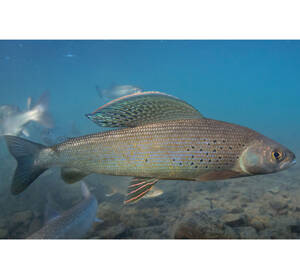
Arctic grayling
Thymallus arcticus
Arctic grayling (scientific name: Thymallus arcticus): is an animal of the f···
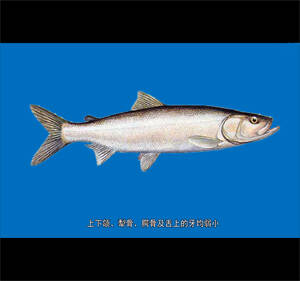
Stenodus leucichthys nelma
Stenodus leucichthys nelma,Whitefish, Whitefish
Stenodus leucichthys nelma belongs to the genus Stenodus of the family Salmo···
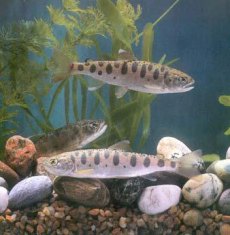
Oncorhynchus masou
Oncorhynchus masou,Montso salmon,Chimon salmon, etc.
Masu salmon, whose Latin name is Oncorhynchus masou, is the southernmost mig···
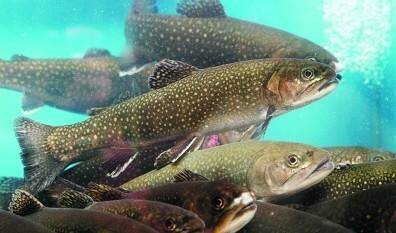
Salvelinus malma
Salvelinus malma,Hanazato Yoshiko
Salvelinus malma is a fish of the genus Salmonidae, with a body color rangin···
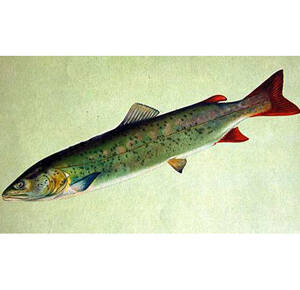
Hucho taimen
Hucho taimen,Zheluo fish, Taimen salmon, Zheluo green fish (Northeast China), big red fish (Xinjiang)
Taimen (scientific name: Hucho taimen) is a cold-water carnivorous freshwate···
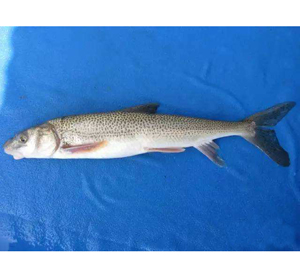
Hucho bleekeri
Hucho bleekeri,Sichuan Taimen, Bailey Taimen, Tiger Fish, Catfish
The Latin name of Sichuan-Shaanxi Taimen is Hucho bleekeri. It is the southe···
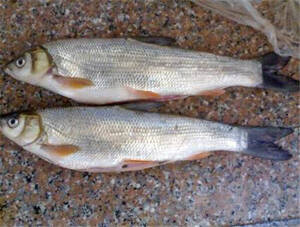
Brachymystax lenok(Pallas
Brachymystax lenok(Pallas,Qinling Slimy Salmon
Brachymystax lenok (Pallas,) is a relic species that migrated from the north···
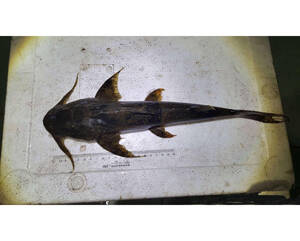
Bagarius yarrelli
Bagarius yarrelli,Eagle tank, tank duckbill, eagle duckbill, papaya fish
The Latin name of the giant yarrelli is Bagarius yarrelli, which belongs to ···
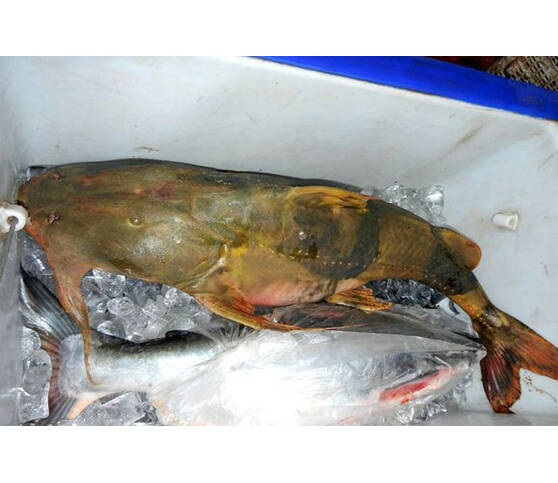
Bagarius rutilus
Bagarius rutilus
The name of the red mullet comes from the orange color on its pectoral fins,···
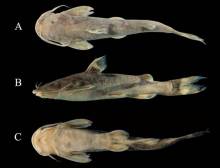
Bagarius bagarius
Bagarius bagarius,Yellow croaker, yellow croaker
The Latin name of the fish is Bagarius bagarius, which is one of the species···

Glyptosternum maculatum
Glyptosternum maculatum,Stone flat head
It is the species with the highest distribution altitude among the family of···
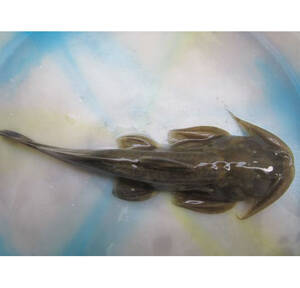
Euchiloglanisdavidi(
Euchiloglanisdavidi(, Stone Climber
The Latin name of the bluestone catfish is Euchiloglanisdavidi (Sauvage, 187···
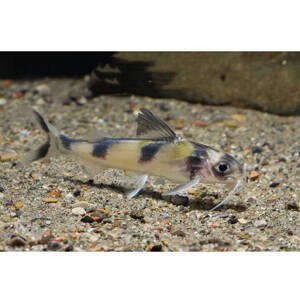
Gagata dolichonema
Gagata dolichonema
Latin scientific name of filament black HeiGagata dolichonema,<span style···
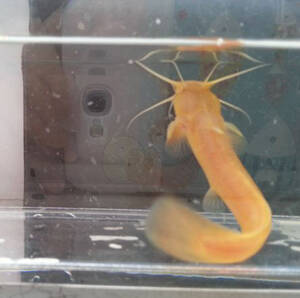
Liobagrus kingi
Liobagrus kingi
King's mullet (Liobagrus kingiTchang,1935) is an animal of the genus Lio···
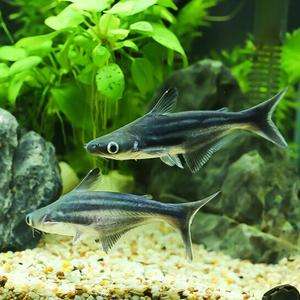
Pangasius sanitwongsei
Giant catfish, Genghis Khan fish
The Genghis Khan fish is a native fish species of the Mekong and Chao Phraya···
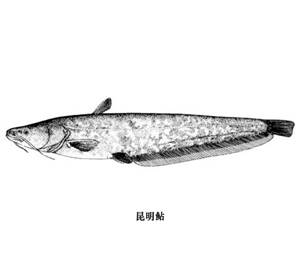
Silurus mento
Silurus mento,Kunming-lakecatfish,Dianchi catfish
Kunming catfish (scientific name: Silurus mento), foreign name Kunming-lakec···
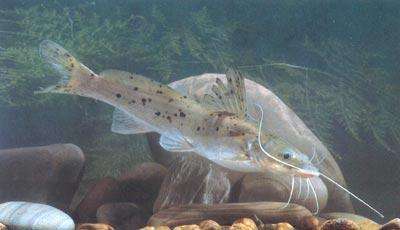
Mystus guttatus
Mystus guttatus,Sesame, plum blossom, sea bream, sesame sea bream, white-bearded sea bream
Mystus guttatus is a species of the genus Mystus in the family Myscidae. It ···
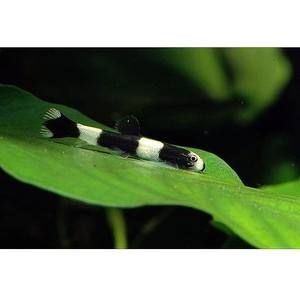
Yaoshania pachychilus
Yaoshania pachychilus,Panda fish, panda shark, golden band panda climbing rock loach
The scientific name of the thick-lipped loach is Yaoshania pachychilus (Chen···
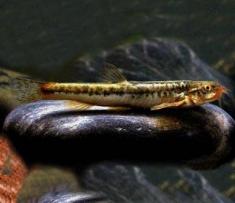
Triphophysa minuta
Triphophysa minuta
Triphophysa minuta (Li, 1966) is a small fish of the genus Triphophysa of th···
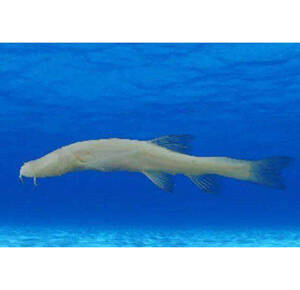
T.xiangxiensis
T.xiangxiensis, formerly known as Xiangxi blind loach
Xiangxi blind loach (T.xiangxiensis) is a fish of the genus T.xiangxiensis o···
